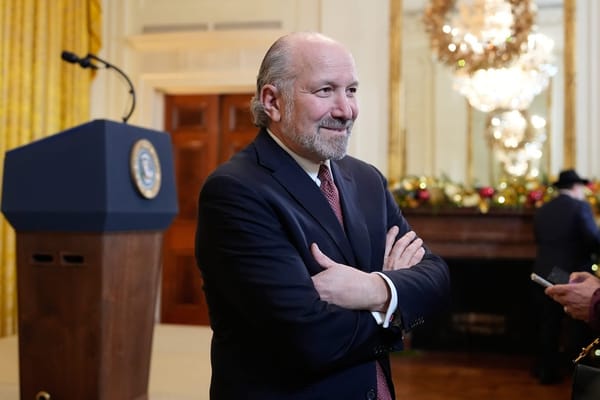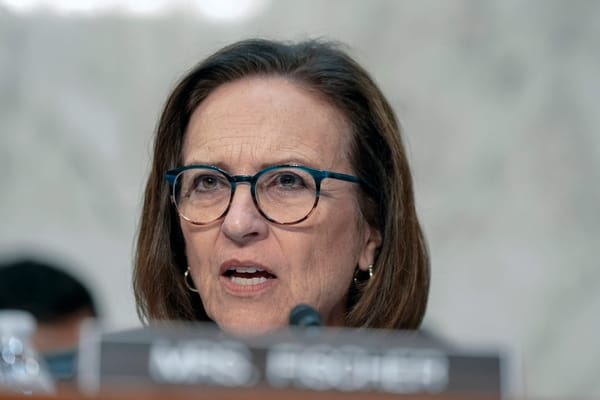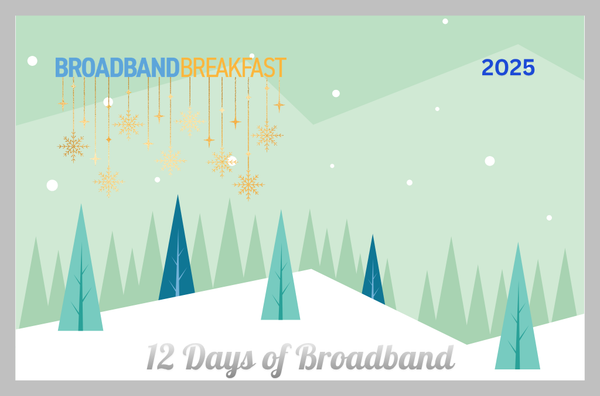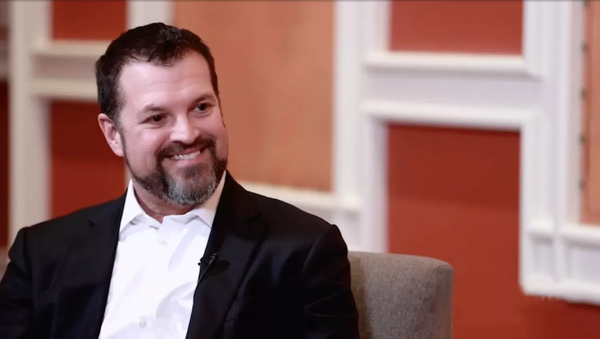How Should Secretary Lutnick Reform the $42 Billion Broadband Program?
For $849 million, Americans should expect modern data analytics, cost analysis, and competitive auctions to deploy billions of dollars of funding.
Sarah Oh Lam

In his nomination hearing, Howard Lutnick pledged to “give the Congress the benefit of the bargain” in broadband and other projects in his portfolio from artificial intelligence, semiconductor chips, radio spectrum, and fisheries.
It will be up to him and NTIA director-nominee Arielle Roth to work with Congress to reform the $42.45 billion Broadband Equity Access and Deployment program.
How should Secretary Lutnick reform BEAD? If the states have already been allocated funds but have not yet spent them, what can be legally done to make the program more cost-efficient? At the minimum, he could reframe the program as an example of how grant programs should operate.
First, ensure rigorous and consistent reporting on metrics like expected number of new locations served, cost, and new subscribers over time. The current program already asks grantees to report on connections and costs, but not in any consistent way, making analysis and comparisons difficult, at best.
Second, the program should be far more transparent than it currently is. Data should be available for all proposals, not just funded proposals. Thus far, grant proposals submitted to state broadband offices have not been available for public review at all. Contrast this with the $4.7 billion broadband stimulus program called the Broadband Technology Opportunities Program which was funded by the Recovery Act of 2009 (ARRA).
Sixteen years ago, the Commerce Department had a website with public postings of the BTOP application documents, cost estimates, census block lists, and proposal narratives. Today, the BEAD program does not have a similar website of application documents, in part because Congress did not require as much project-level transparency in the 2021 Infrastructure Investment and Jobs Act as it did in the 2009 ARRA.
It would be a shame for Americans to spend $42.45 billion and not learn what worked and what did not to close the digital divide. The Commerce Department stopped tracking the BTOP middle mile projects in the years following the 2009 spending program. Today, we have little knowledge of which BTOP middle mile projects were more effective than others, and what improvements to make in this round of stimulus. In the case of BEAD, which is 10 times larger than BTOP, the program in its current form will also do little to track meaningful outcomes in the years after the funds are spent.
These numbers should not be too hard to get. Congress allocated 2% for program administration, which comes out to an astounding $849 million. This sum is far more than needed to keep spreadsheets of speed tests, broadband maps, and subscriber counts per census area. For $849 million, Americans should expect modern data analytics, cost analysis, and competitive auctions to deploy billions of dollars of funding.
As for broadband buildout costs, Lutnick shared a story of inefficient spending with a fiber line installed “for $200,000 to a house that was worth $125,000.” Whether it is worth spending more on one broadband connection to a house than the market value of the house itself is a tradeoff that should be closely scrutinized, especially if more broadband can be provided to other homes and with other technologies for less. Secretary Lutnick should bring Wall Street financial discipline to smarter government spending.
Sarah Oh is a Senior Fellow at the Technology Policy Institute. She has presented research to the Western Economic Association and Telecommunications Policy Research Conference, witness testimony to the Senate Commerce Committee Subcommittee on Communications, Technology, Innovation, and the Internet, and has co-authored work published in the Northwestern Journal of Technology & Intellectual Property, Berkeley Technology Law Journal, and other peer-reviewed journals. Dr. Oh completed her Ph.D. in Economics from George Mason University, and holds a J.D. from Scalia Law School and a B.S. in Management Science and Engineering from Stanford University. This Expert Opinion is exclusive to Broadband Breakfast.
Broadband Breakfast accepts commentary from informed observers of the broadband scene. Please send pieces to commentary@breakfast.media. The views reflected in Expert Opinion pieces do not necessarily reflect the views of Broadband Breakfast and Breakfast Media LLC.









Member discussion